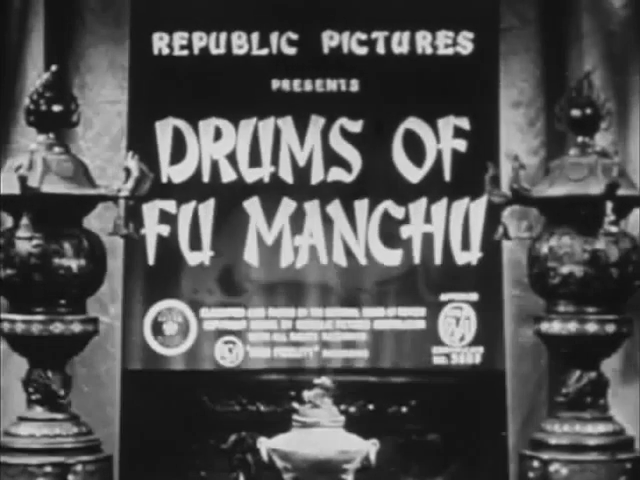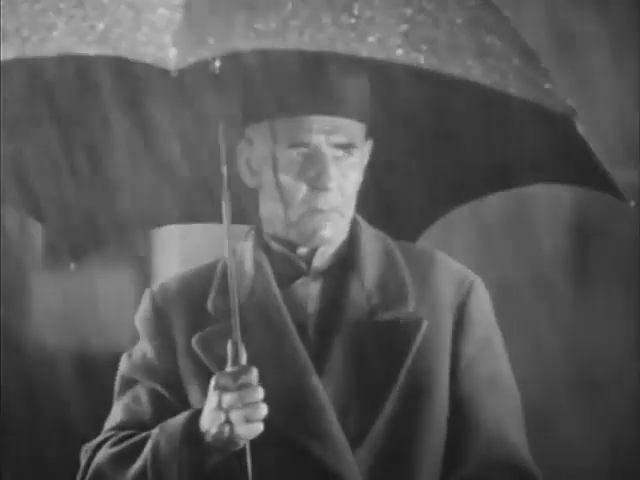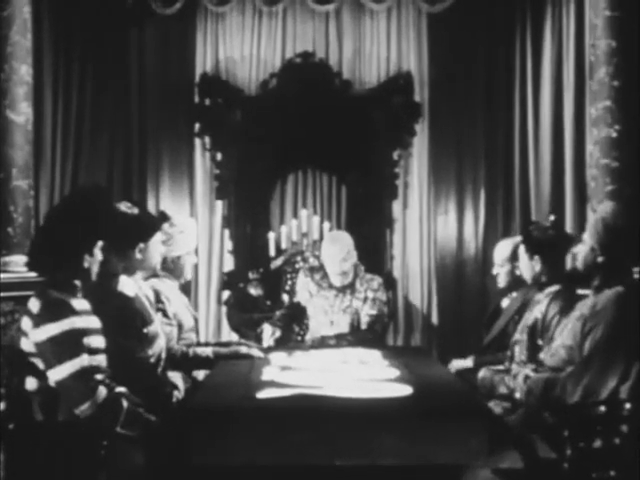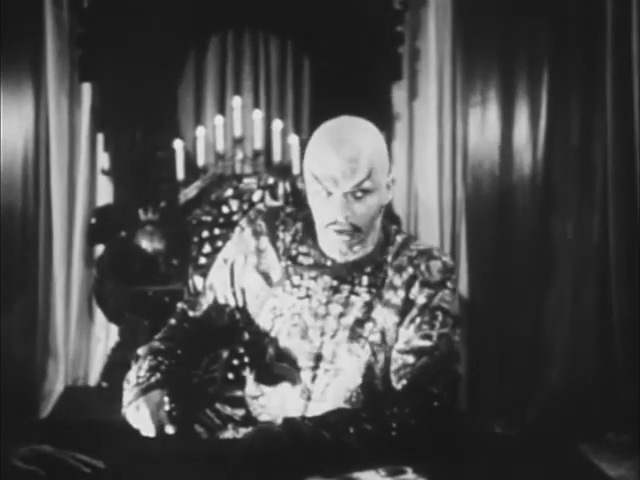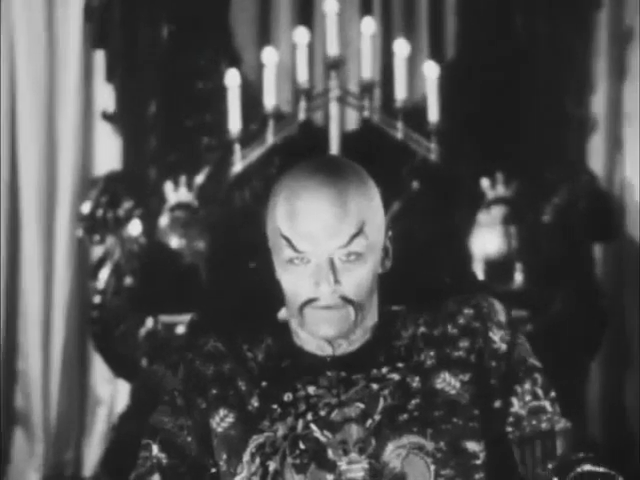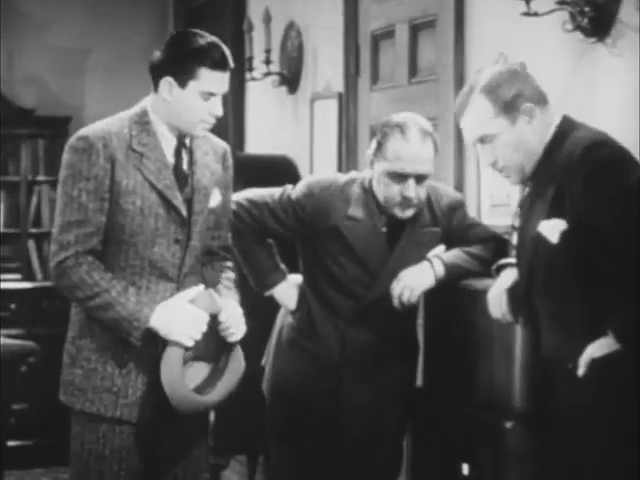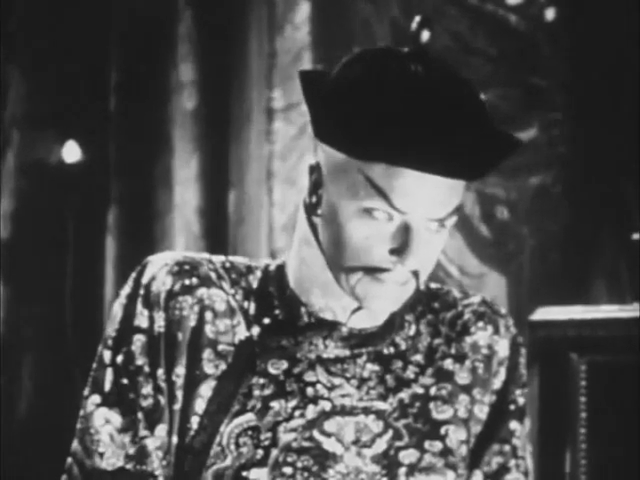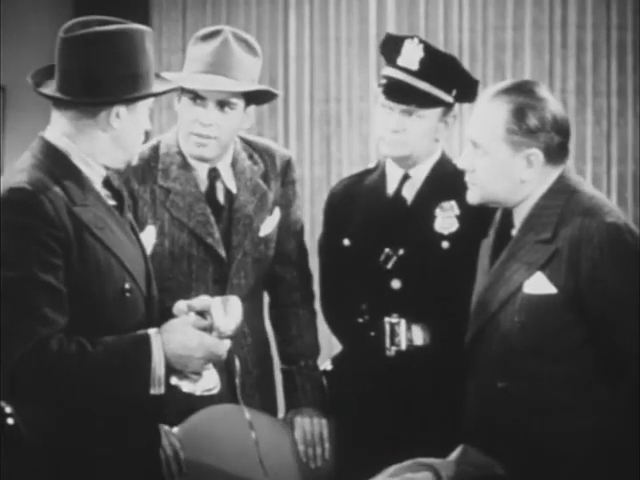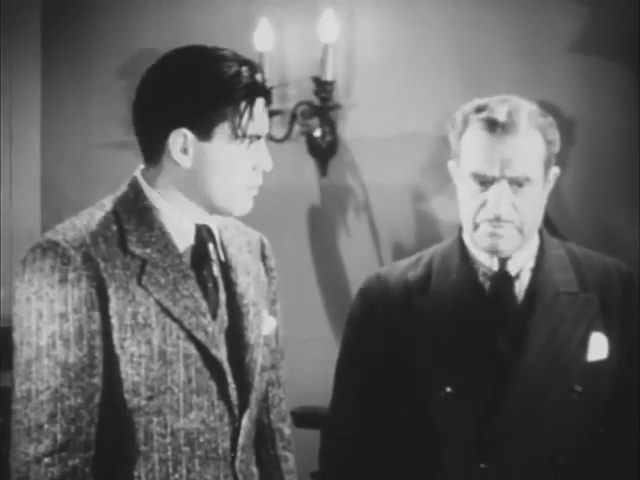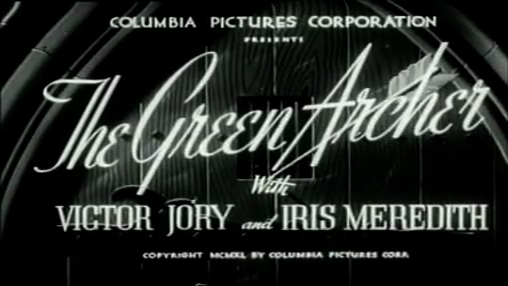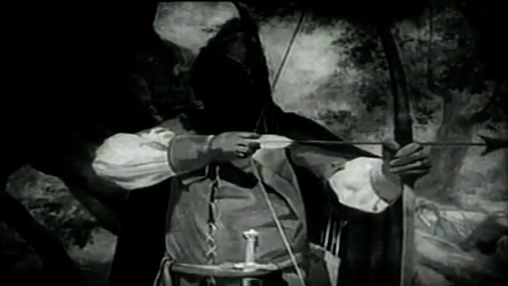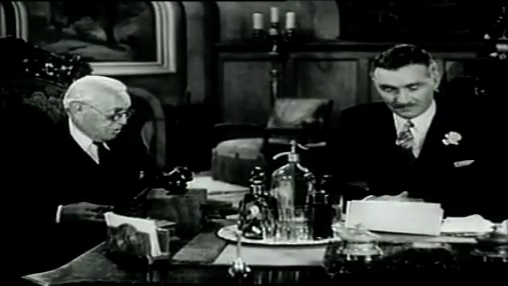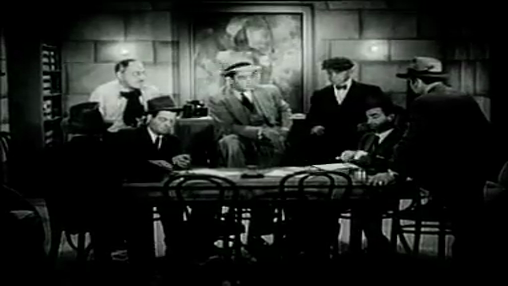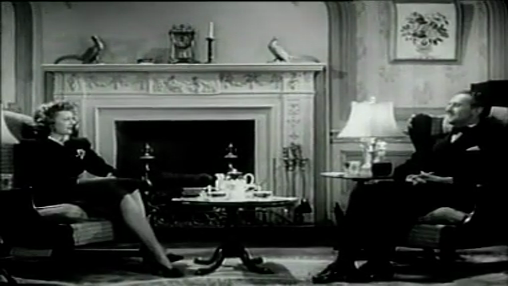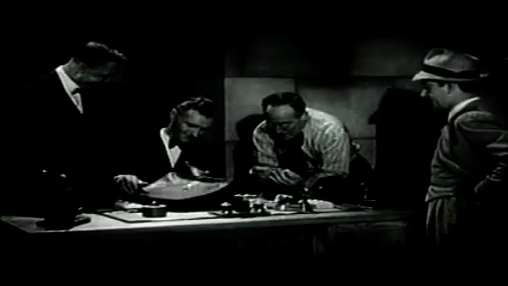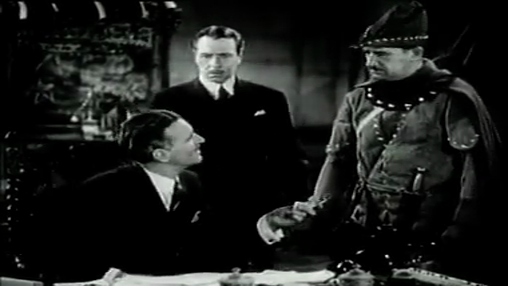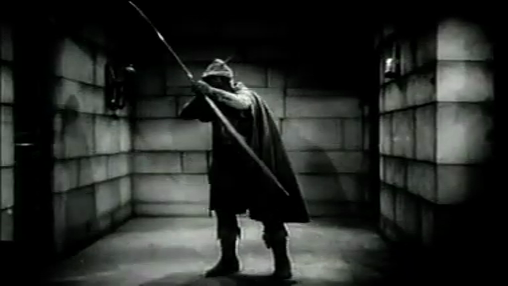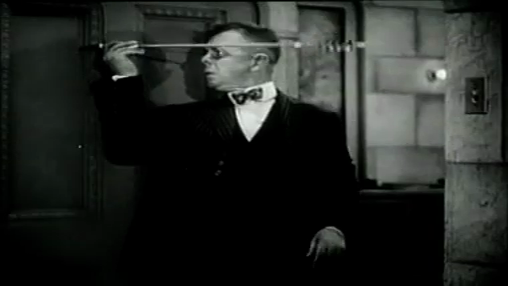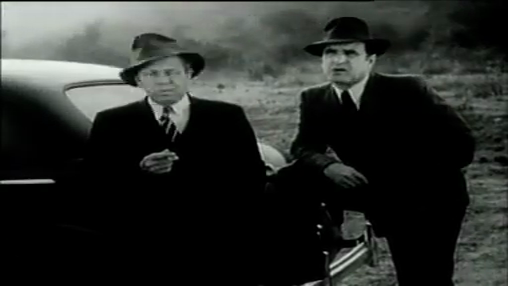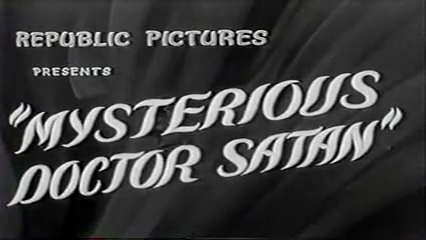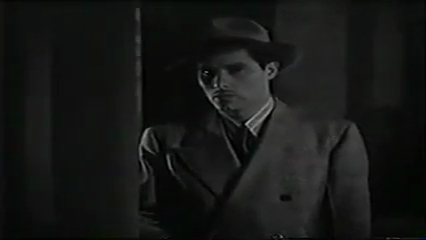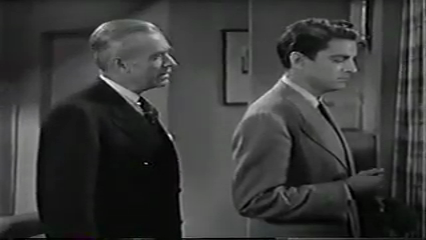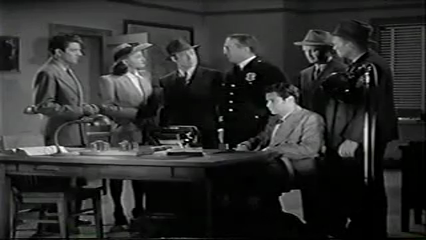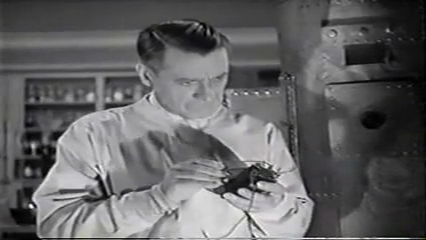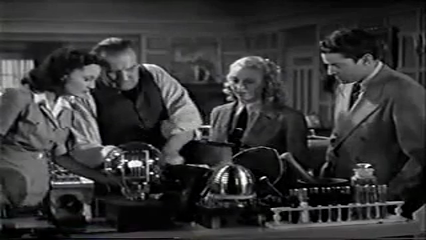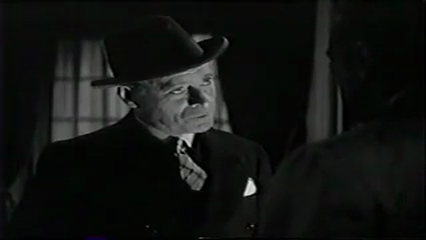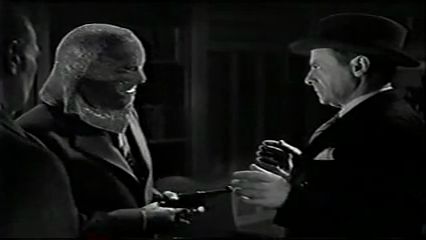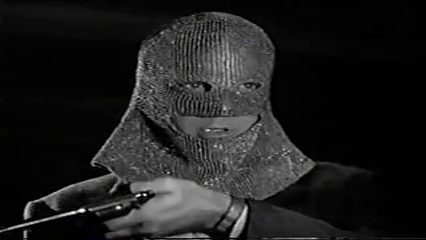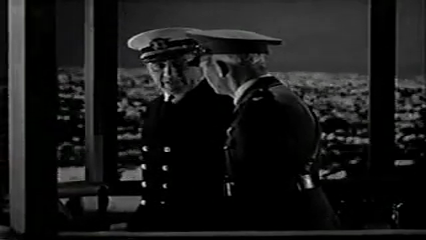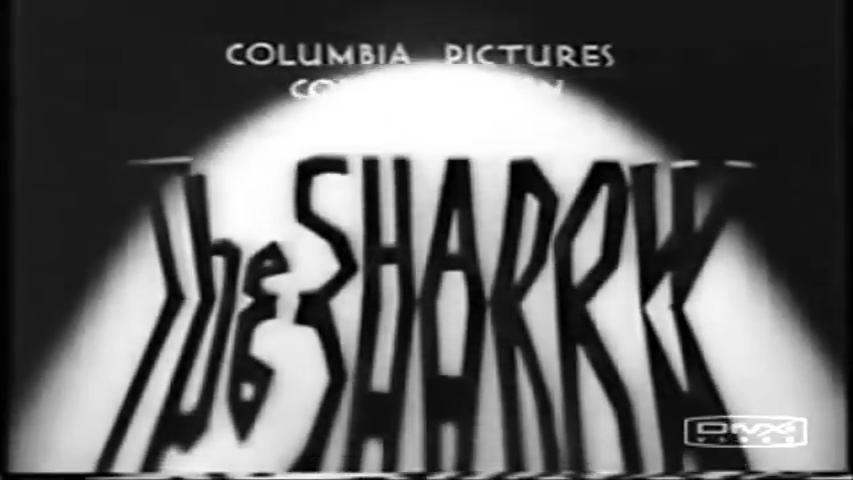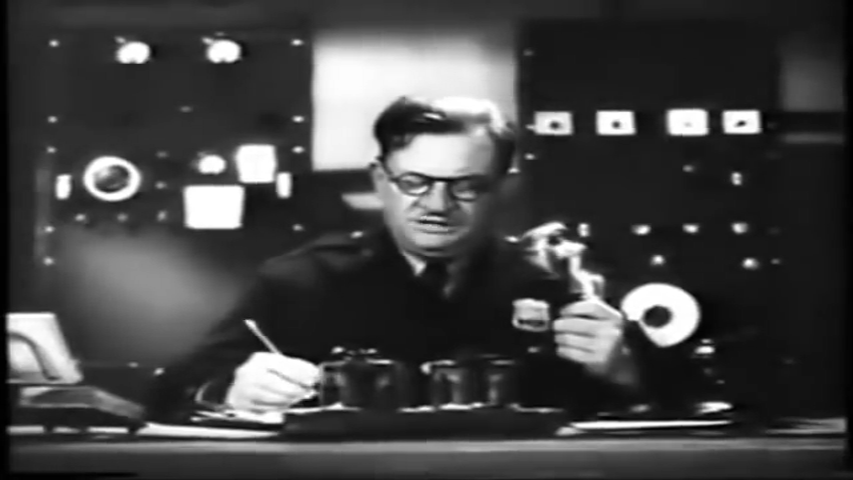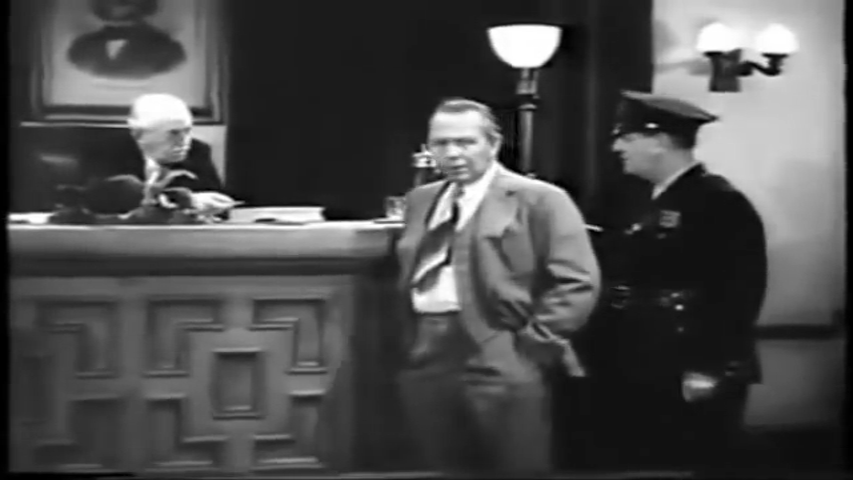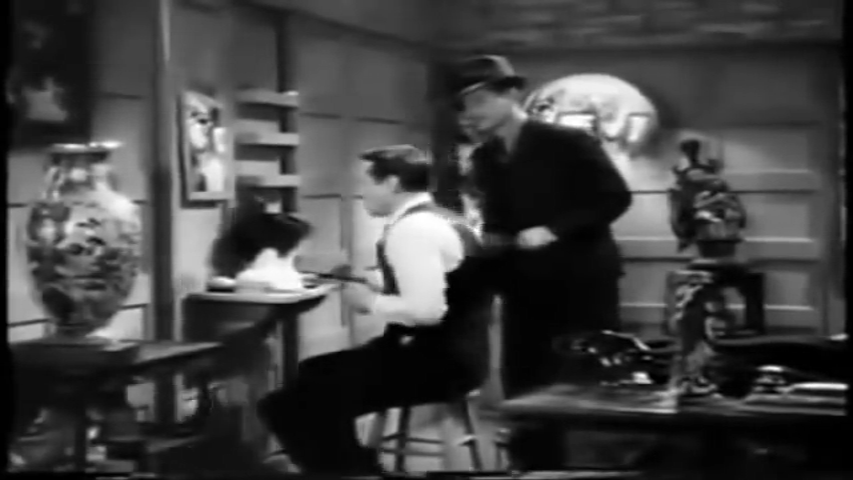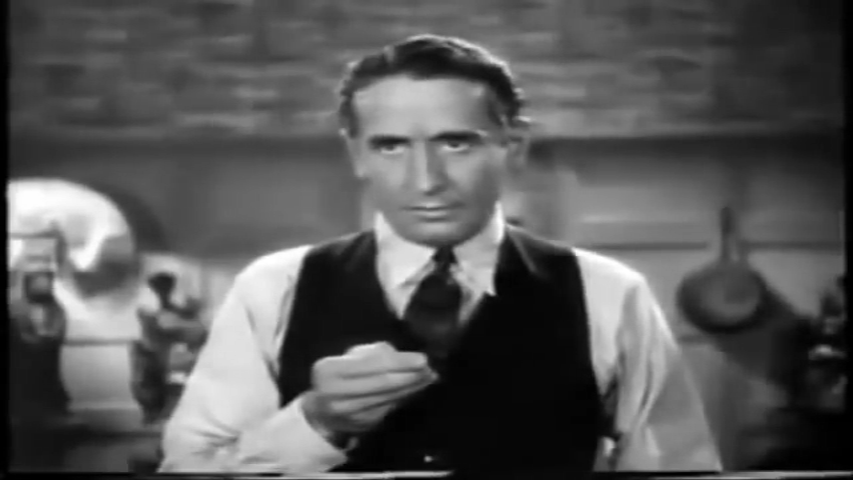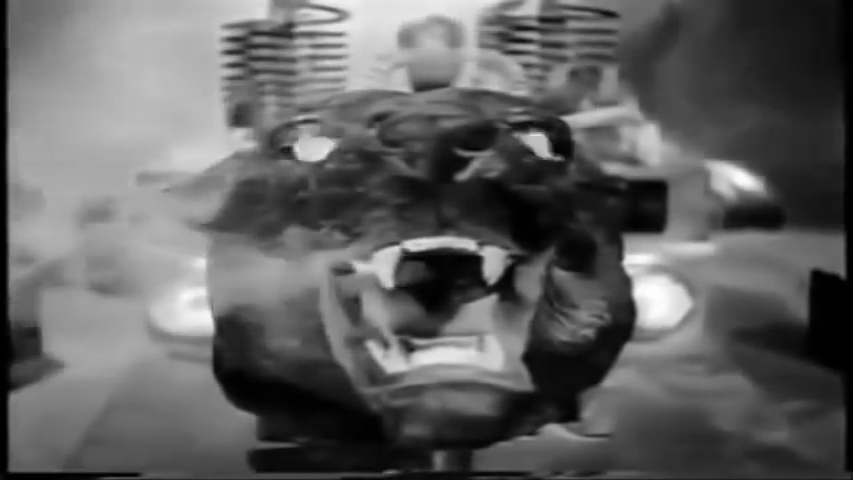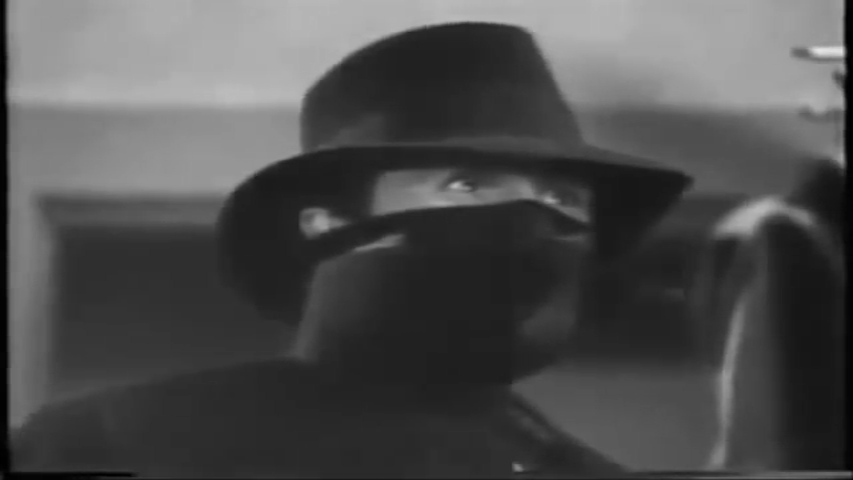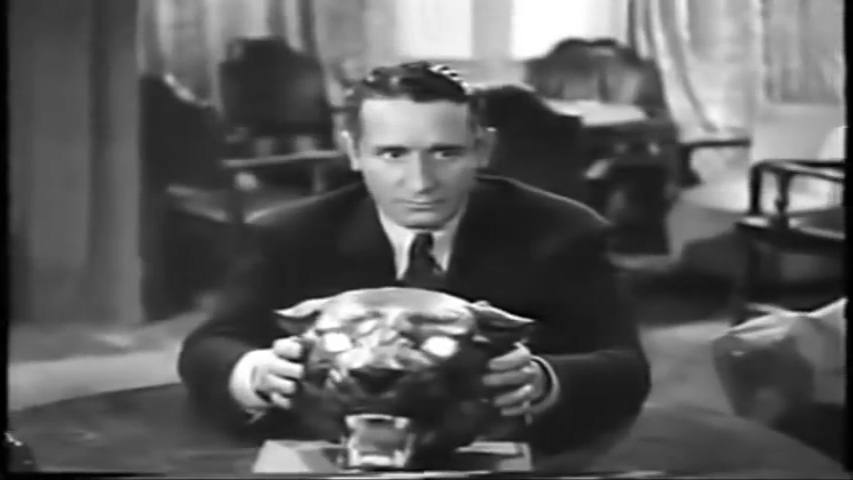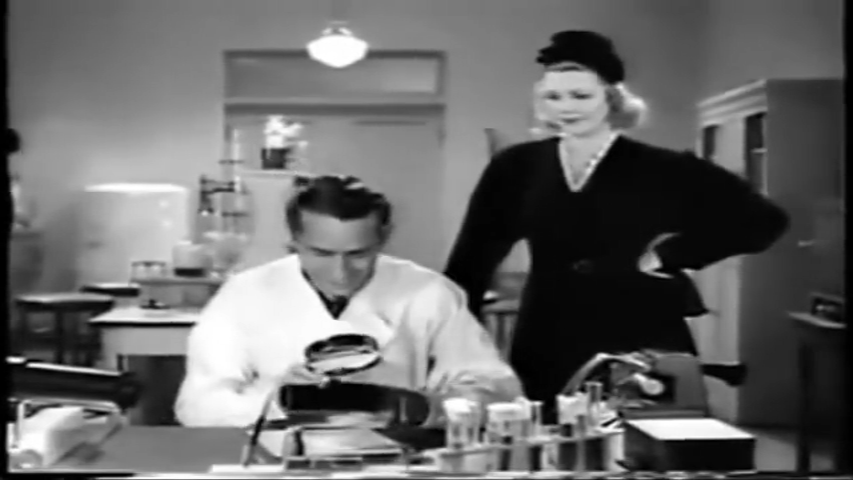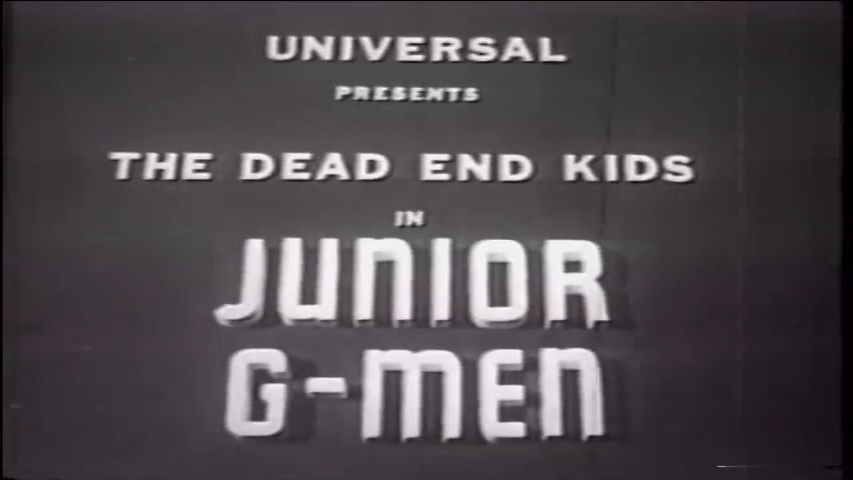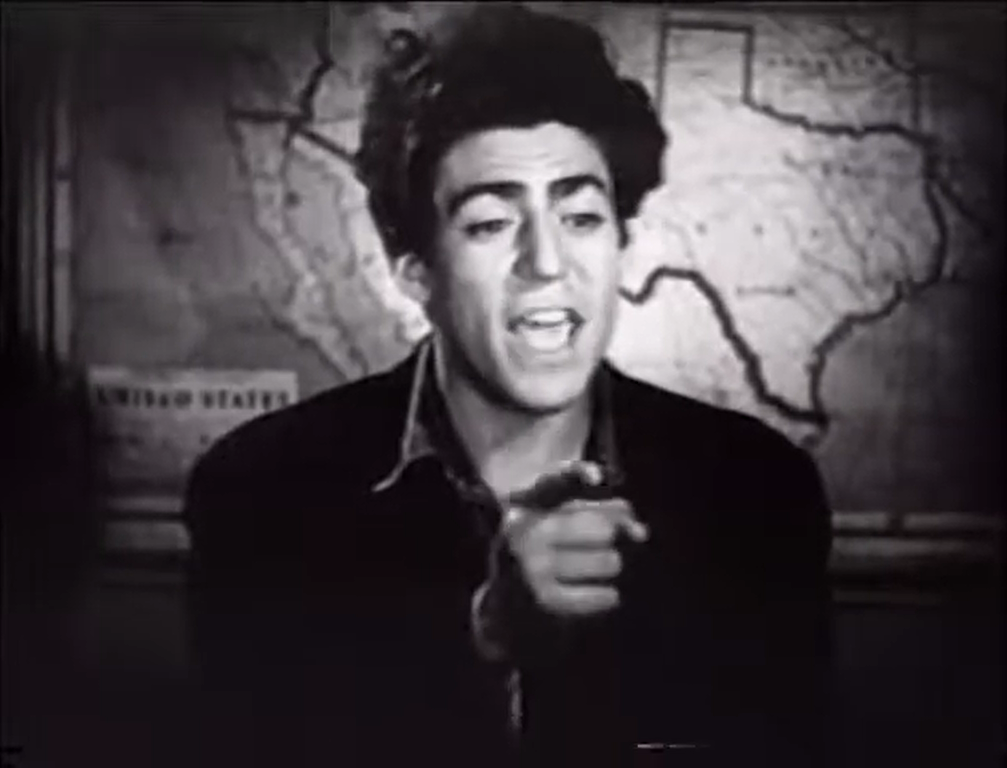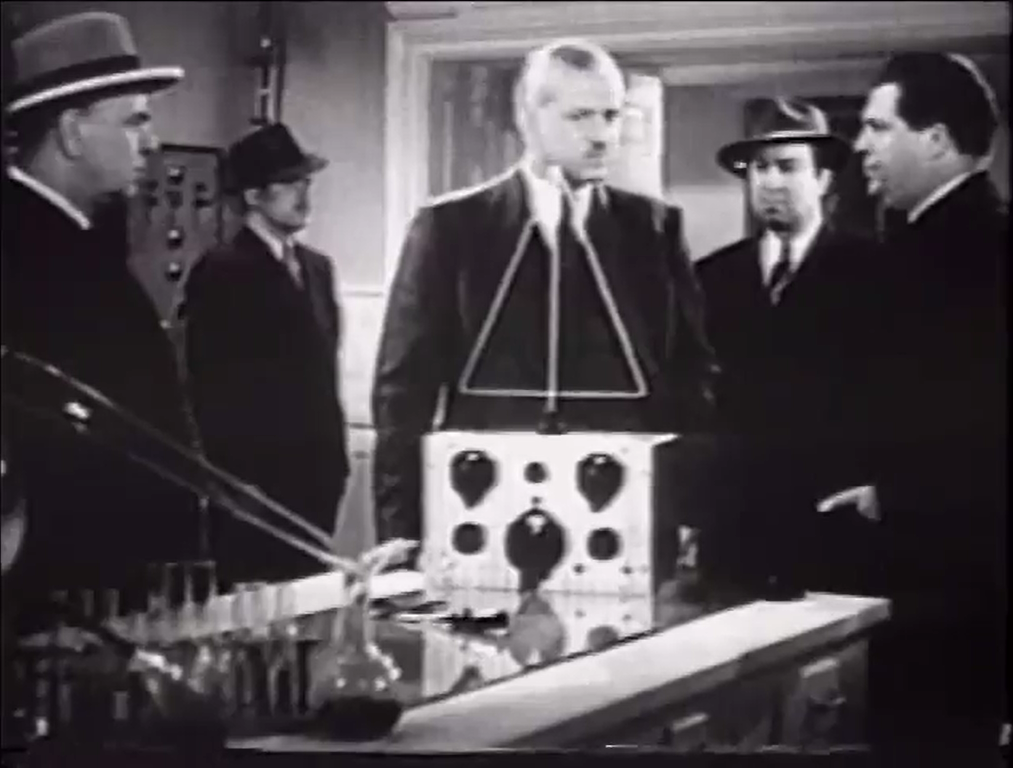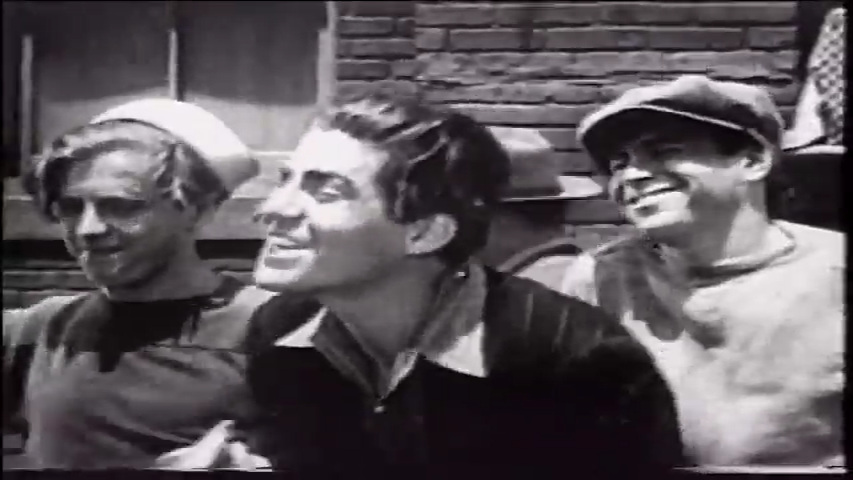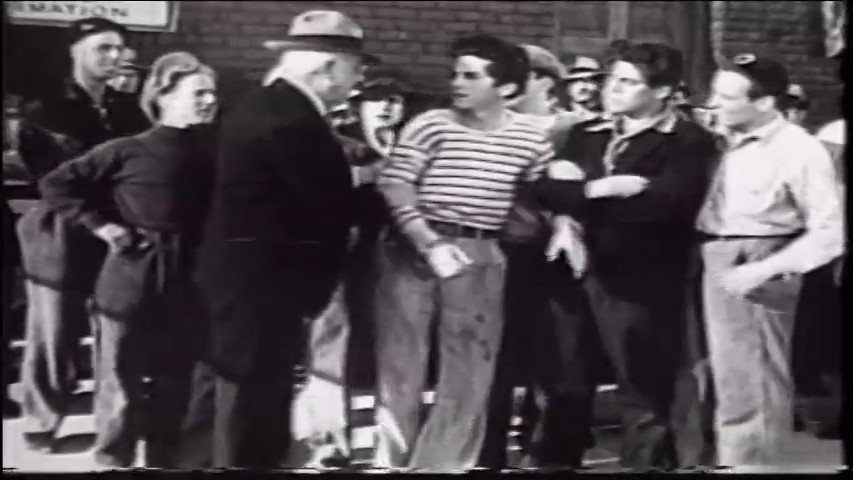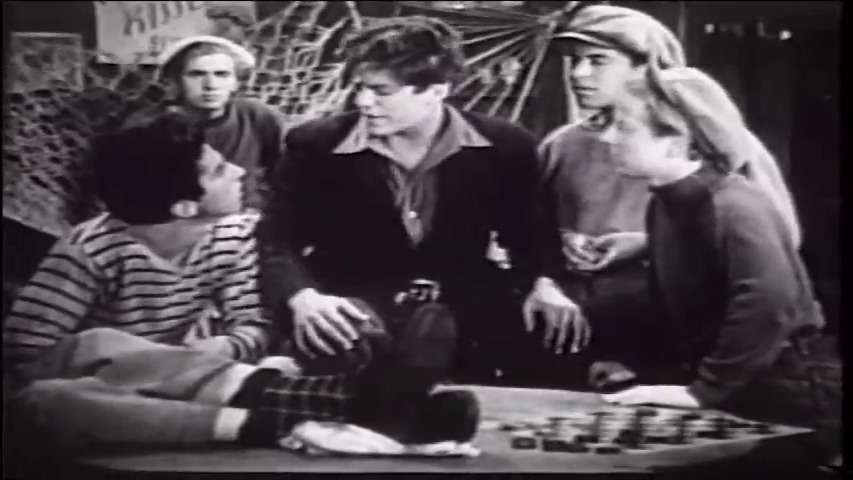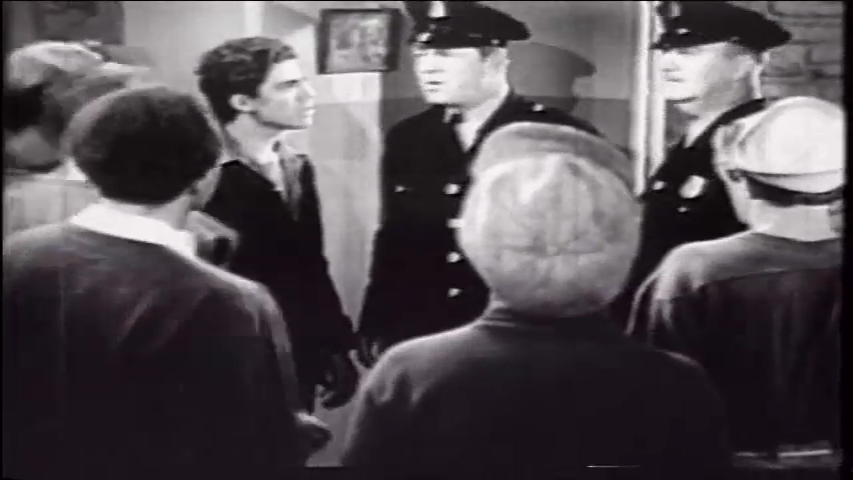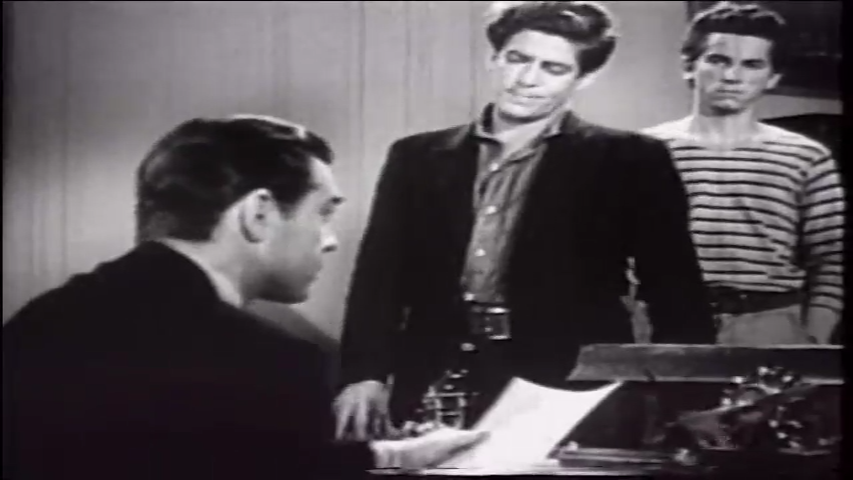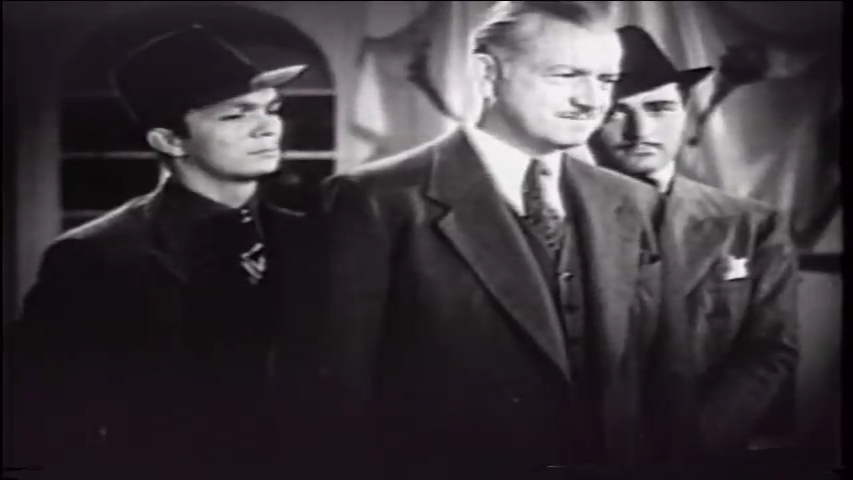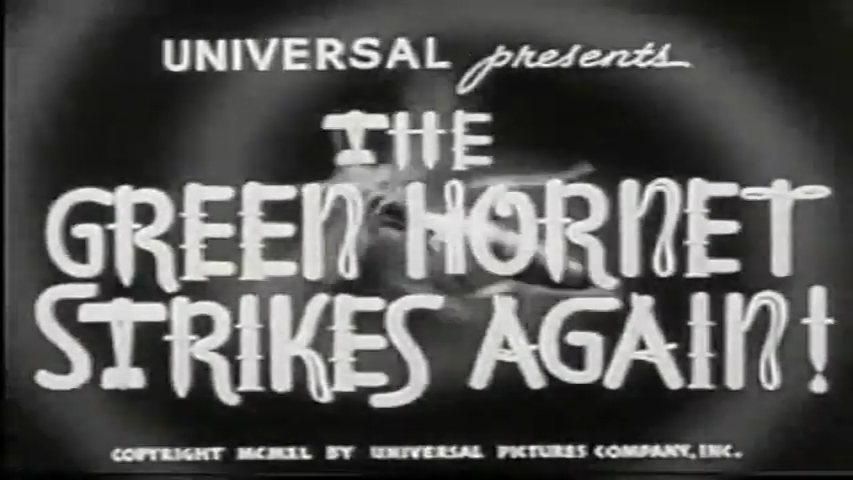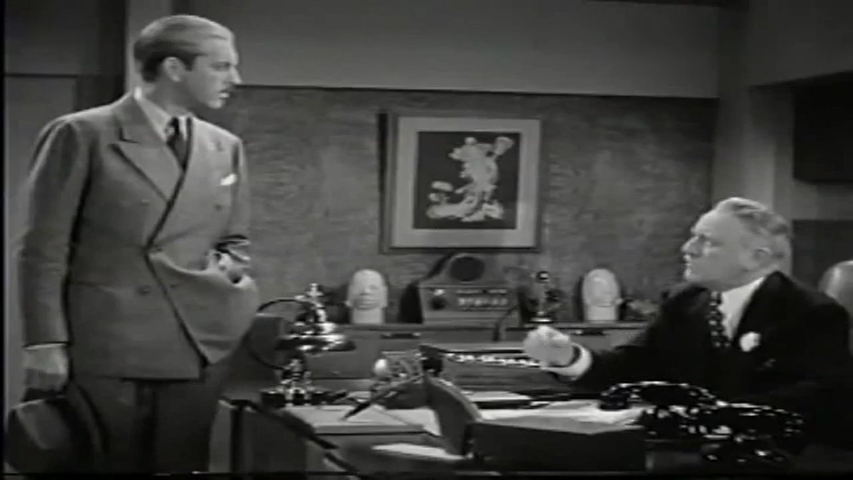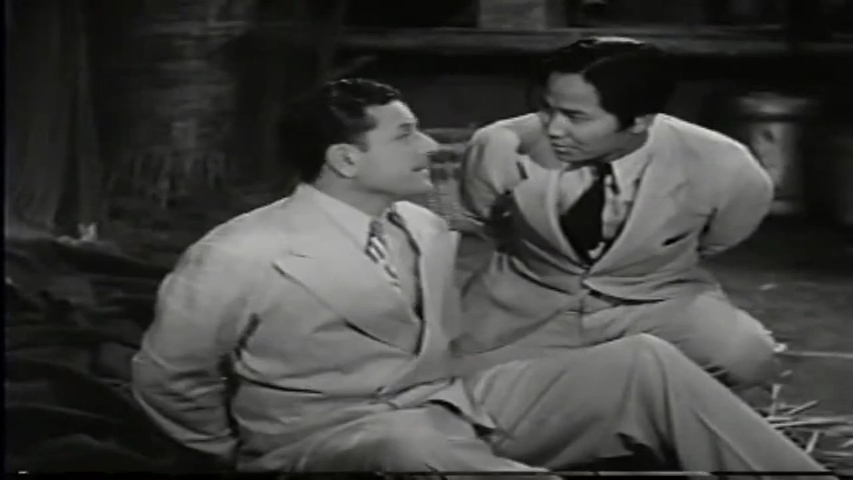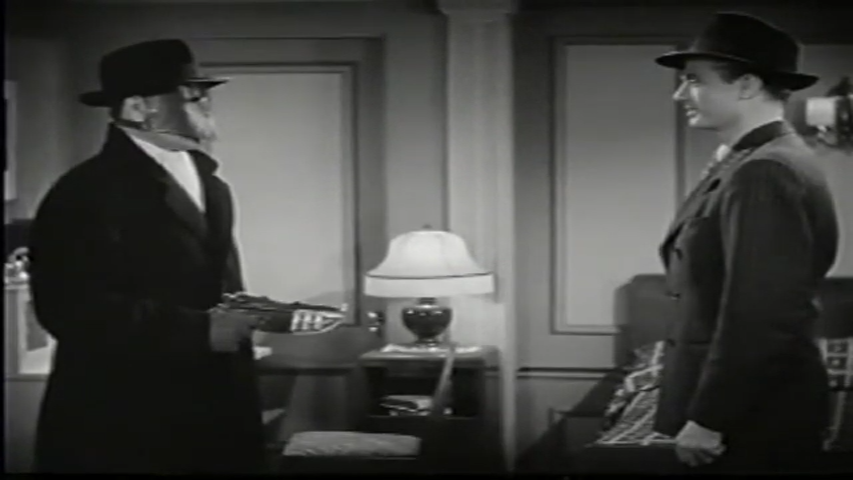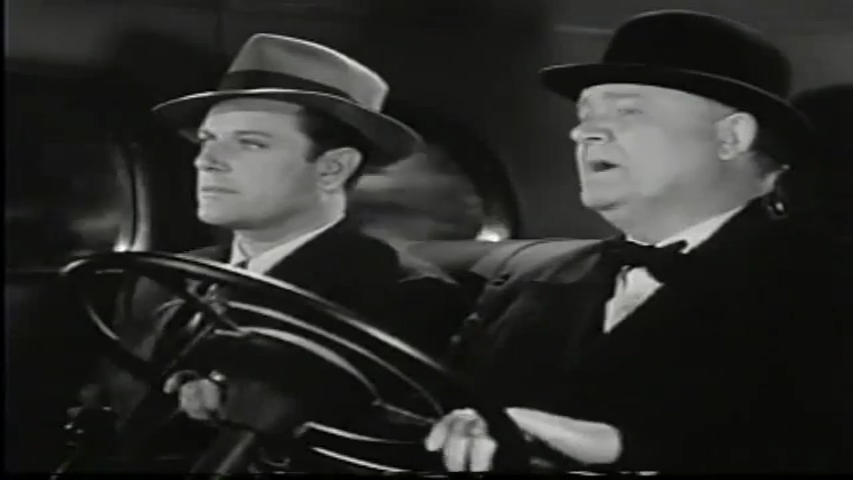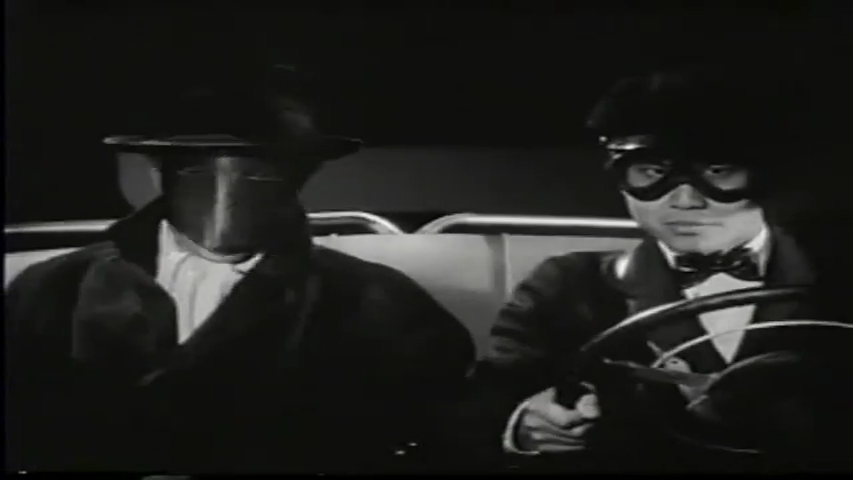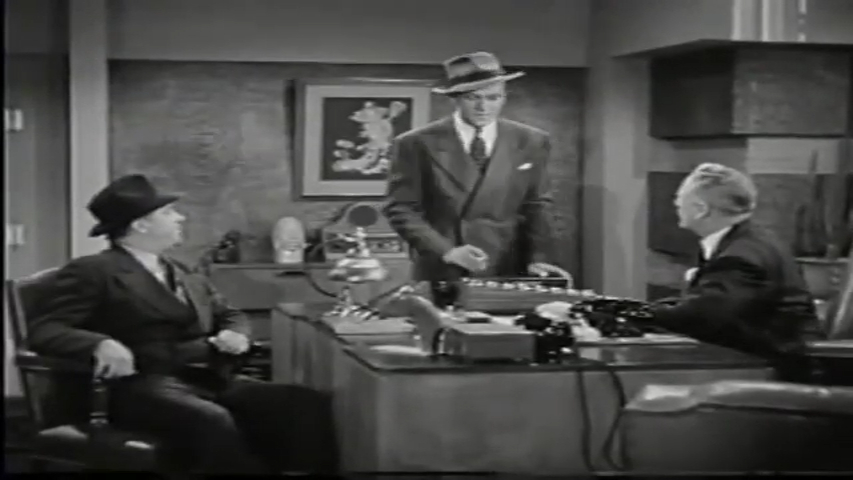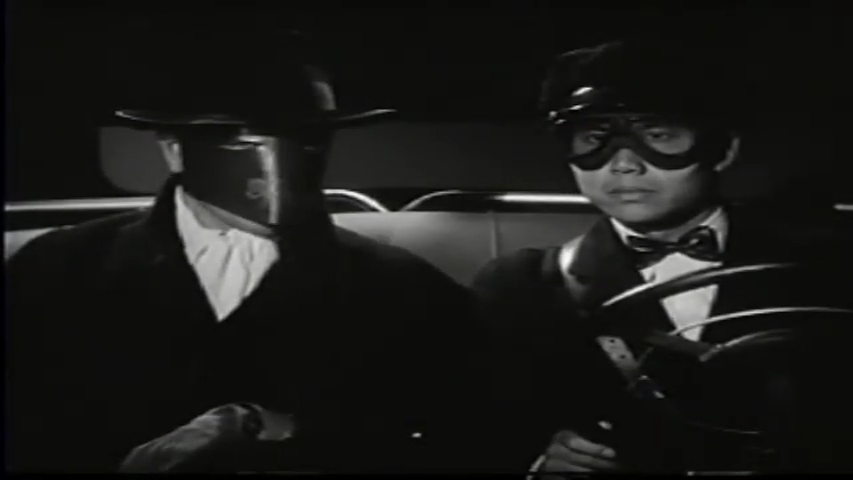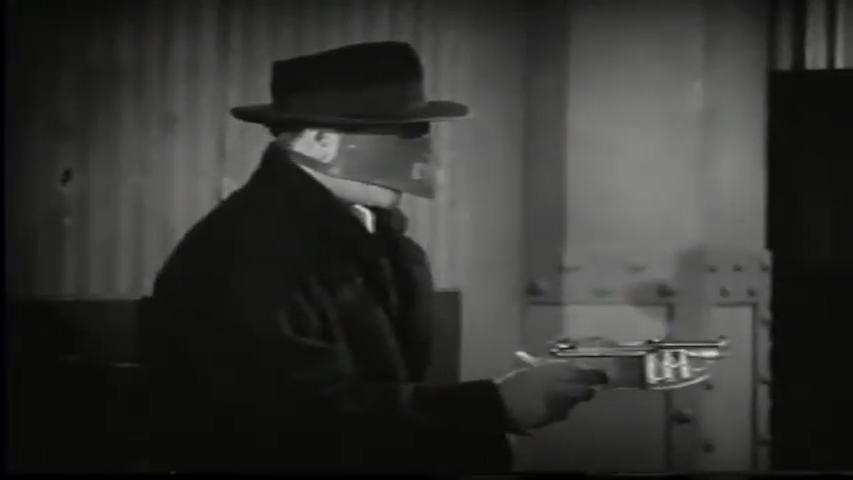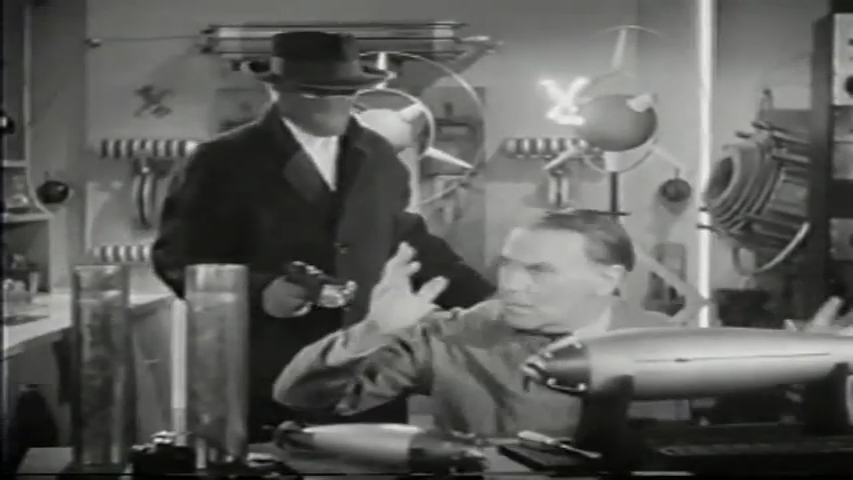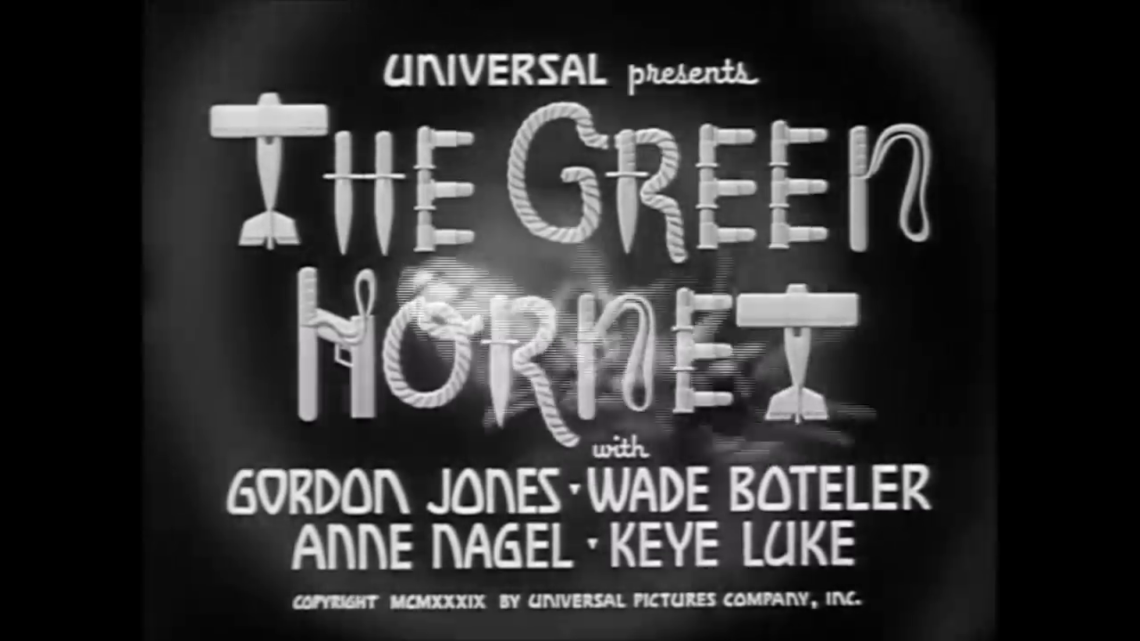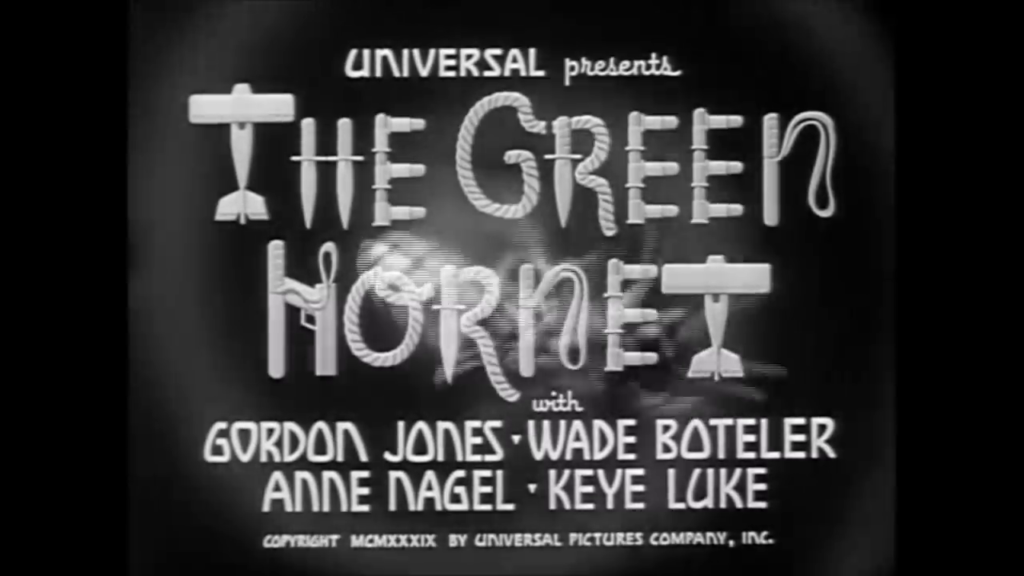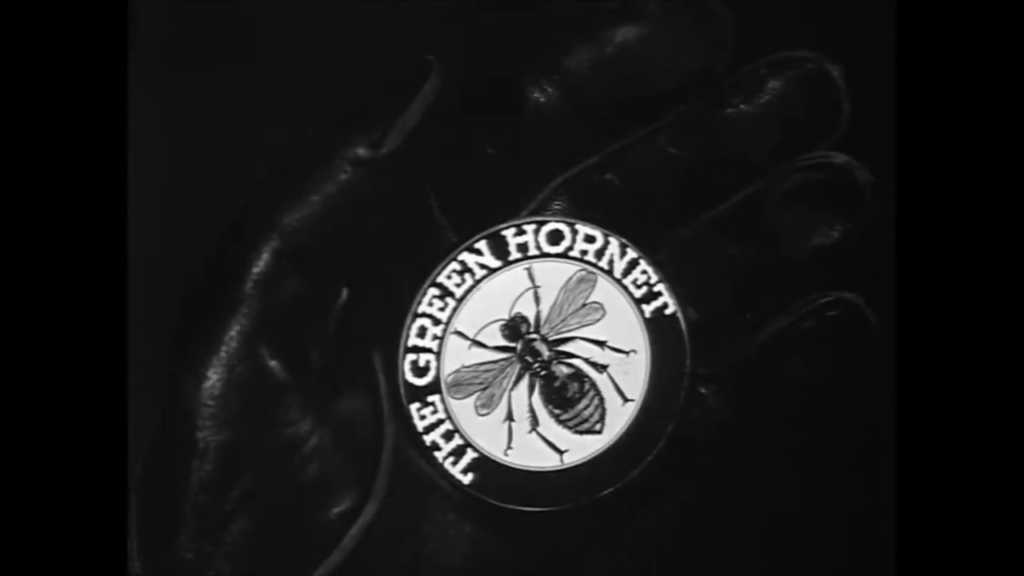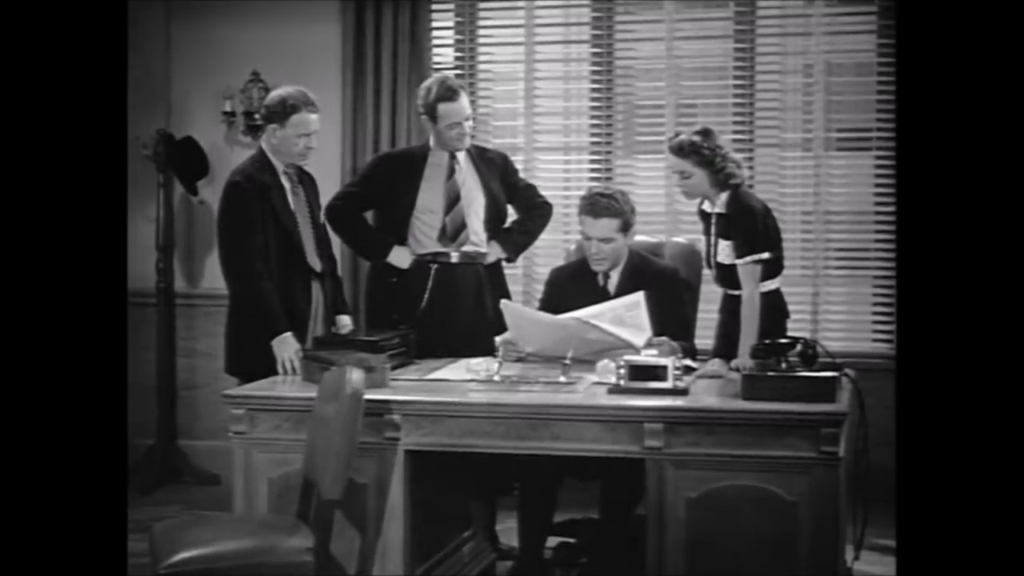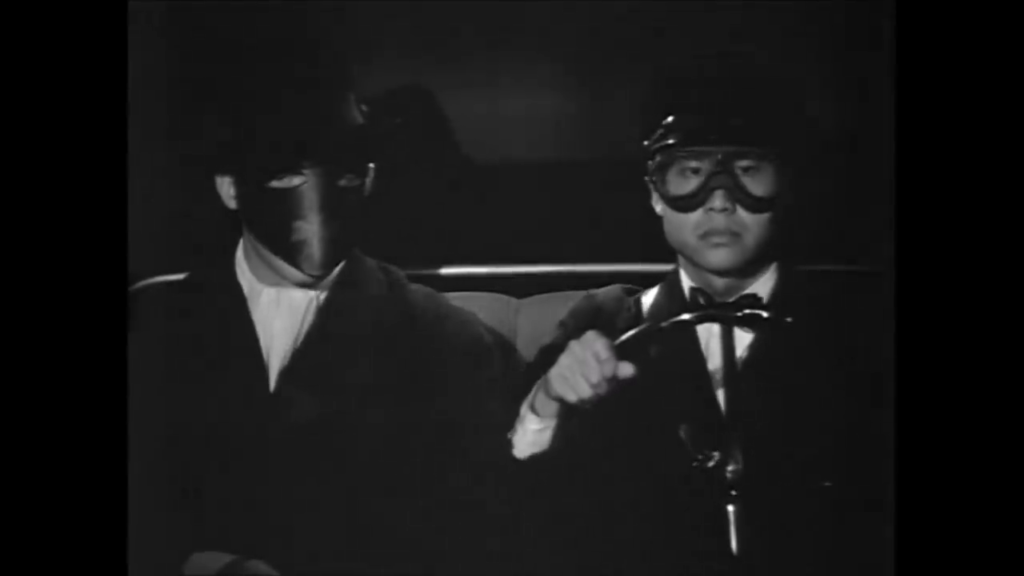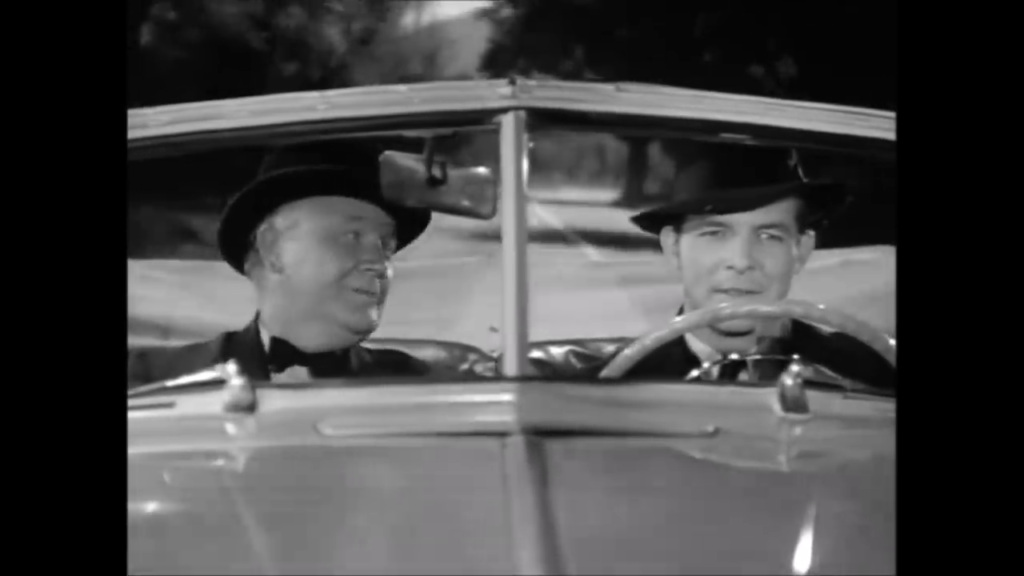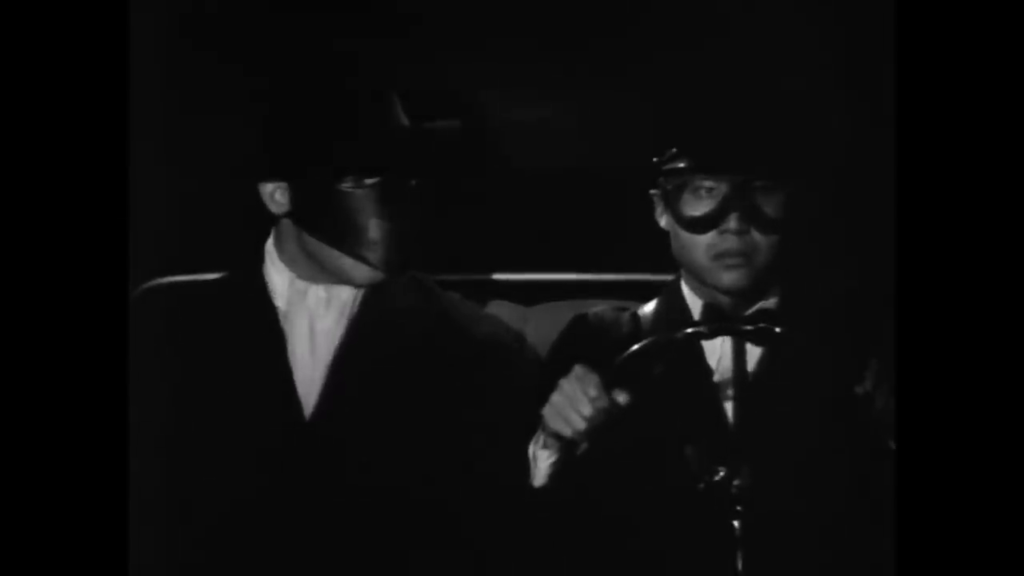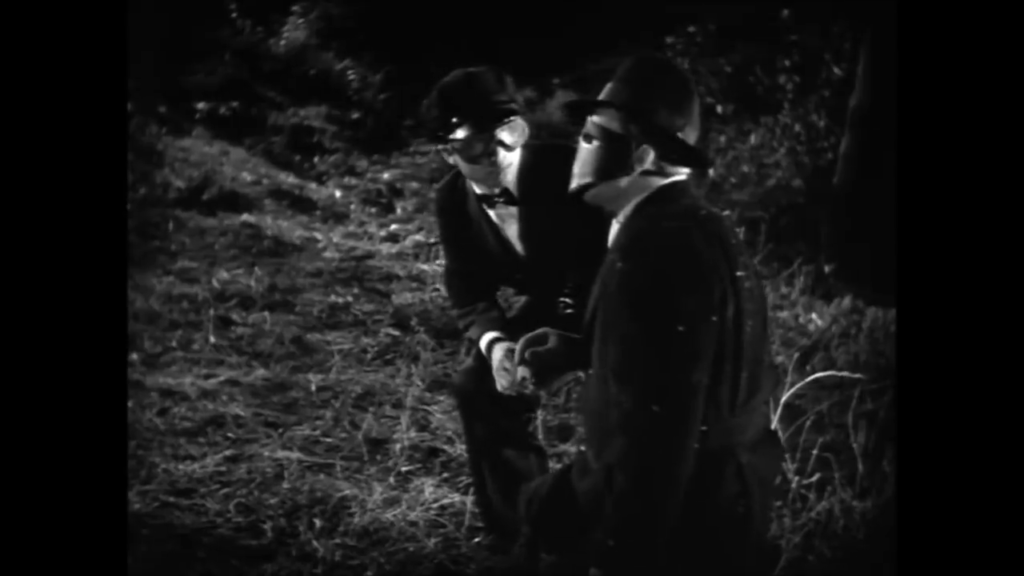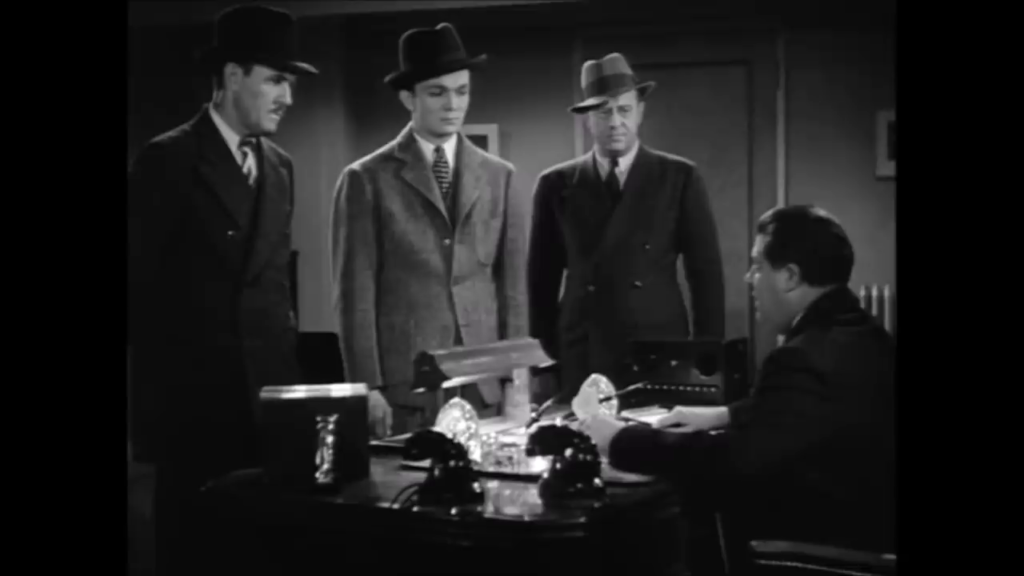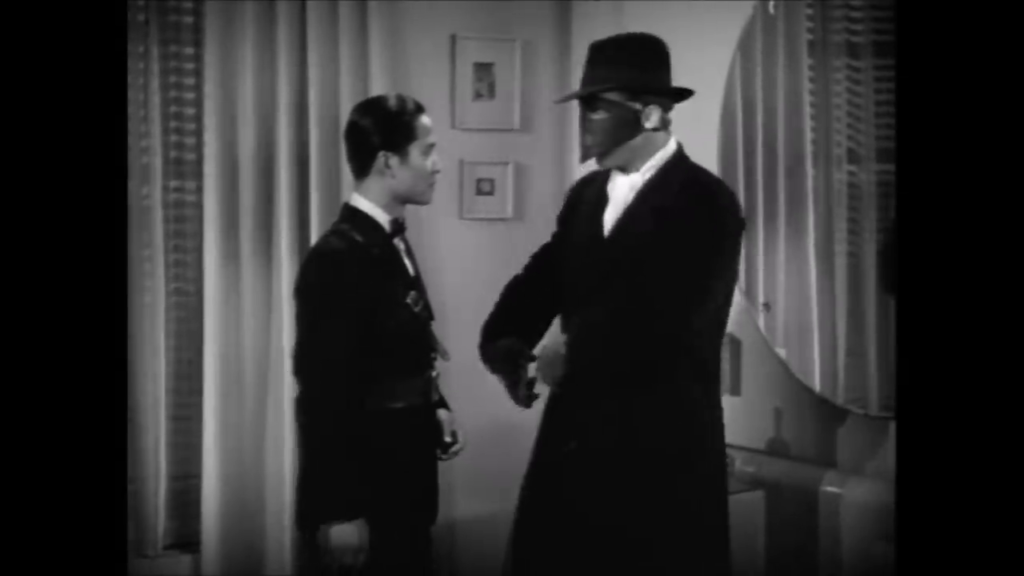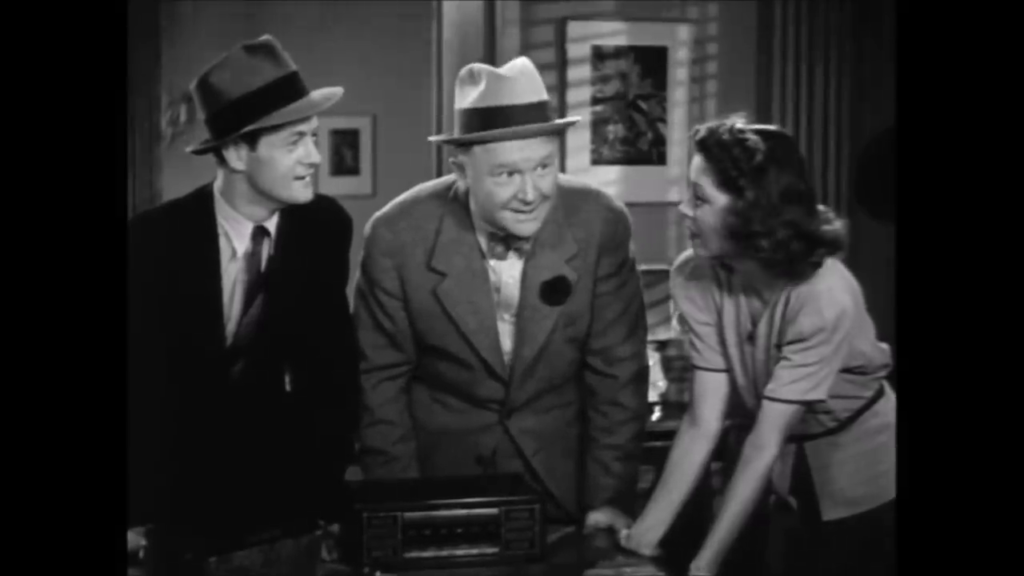-
#468 – Drums of Fu Manchu (1940)
Drums of Fu Manchu (1940)
Film review #468
Directors: William Witney, John English
SYNOPSIS: Villain Fu Manchu intends to locate the sceptre of Genghis Khan, and use its ancient powers to conquer all of Asia. When his Father is killed by Fu Manchu in pursuit of the sceptre, Allan Parker teams up with Sir Dennis Nayland Smith and his assistant Dr. Flinders Petrie, who have fought Fu Manchu in the past. Teaming up with the British army stationed in Asia, they hurry to find the sceptre and Genghis Khan’s tomb before Fu Manchu can do the same…
THOUGHTS/ANALYSIS: Drums of Fu Manchu is a 1940 serial by Republic Pictures comprised of fifteen chapters, and based on the series of novels by Sax Rohmer (Drums of Fu Manchu is the ninth novel in the series, but the serial borrows plot points from the whole series). The serial starts out with Fu Manchu outlining his evil plans to conquer Asia, using the power of the sceptre of Genghis Khan. In order to track it down, he leaves a trail of death and destruction in his wake as he tracks down the clues to his location. Allan Parker is caught up in Fu Manchu’s schemes as his Father is killed by Manchu’s henchman, and looking to get revenge, Allan teams up with Sir Dennis Nayland Smith, Fu Manchu’s old adversary. The plot of the fifteen chapters unfolds in typical serial fashion, as each chapter inches the plot forward as the heroes and villains engage in a back-and-forth of schemes and counter-schemes to try and outdo each other. Where the serial stands out is its varied settings and action sequences, which are fairly well thought out and keep things interesting. The serial borrowing the best bits from the series of novels probably helped in generating ideas for the fifteen chapters. There is, however, a fair amount of repetition in the serial, particularly in the fact that a lot of the plot is driven forward by one side overhearing the other’s plans, and a counter-scheme being devised. It’s a bit predictable, but that’s very much a staple of the format. The serial does fortunately have a very definite sense of direction, and each chapter edges the plot forward a little towards a goal that is defined from the outset, and simple enough to follow.
The characters are all fairly standard for a serial, with Allan Parker being the typical action-based male lead who does all the stunts and fistfights. Nayland Smith is the protagonist of the novels, but takes a supporting role here, as these serials always require a more action-based lead. The usual lack of female characters are also featured in the serial, with Mary Randolph being the sole female lead who appears very infrequently and provides no contribution to anything other than being the daughter of another more important character. There’s also Fu Manchu’s daughter who plays a role as a minor villain. Obviously the most interesting character is Fu Manchu himself, a villain that has become somewhat cultural icon…for better or worse. His iconic image is fairly recognisable, and he has been the focus of quite a few movies across the decades, meaning his image has become this recognisable figure. As you might expect however, this image is mired in controversy, and has cemented a specific image of “orientalism” in the west for many years (obviously Fu Manchu wasn’t the first character to do this, but his is one of the most enduring). He is played, as most southeastern Asian characters are, by a white man in make-up to “look” Chinese. His attitudes and actions also accentuate a “foreignness” that portrays a difference and opposition to western values. He is definitely one of the more interesting villains seen in a serial, but it relies on some very problematic depictions.
Drums of Fu Manchu is regarded as one of the best serials that was produced, and it easy to see why: the action sequences are varied and intense, and there’s a lot of effort put into the serial in all of its aspects. A lot of consideration is put into depicting Fu Manchu as evil, particularly in the harsh lighting shots that create shadows across his face and give him a very malicious look. A rather unique aspect of this film is the ending, in which Fu Manchu actually survives and escapes the plunge to his doom, promising revenge. It was actually against the film regulator’s guidelines to have film villains survive at the end, presumably as it was morally important to show villains getting justice for their crimes (even if that justice is being hurled off a cliff…). Apparently, an exception was made because the novels had Fu Manchu escaping at the end, and also that the series very much had the potential for a sequel in which Fu Manchu could ultimately meet his end. I think there definitely would have been a sequel, but apparently the U.S. state department put a stop to it because the Chinese ambassador to the U.S. had formally complained about the depiction of Chinese people, and China was also an ally in World War II against the Japanese. This is also probably why the villains in wartime serials were typically Japanese from that time forward. Overall, Drums of Fu Manchu is a good example of the serial format, but comes with a big caveat in its problematic depictions of Chinese people and Asian cultures. The plot has direction, the action sequences are varied and well executed, and there’s generally a good amount of consideration and effort in most of the film’s production. It is easy to see why it is one of the strongest examples of the serial format, although as with the rest of them, it suffers from a fair amount of repetition.
-
#445 – The Green Archer (1940)
The Green Archer (1940)
Film review #445
Director: James W. Horne
SYNOPSIS: Garr Castle, home of the Bellamy family, is now owned by Abel Bellamy, after his brother Michael was found guilty of murder. After Abel has Michael killed by attacking the train he was on travelling to prison, Abel uses the mansion as his base of operations for his criminal activities. Spike Holland, an insurance agent and Michael’s friend, works to investigate and bring down Abel’s criminal enterprise, with the help of the sister of Michael’s widow Valerie, her Father, and their butler. They are also aided by “The Green Archer,” the supposed guardian of the Bellamy estate, who fires messages in arrows to warn them of danger…
THOUGHTS/ANALYSIS: The Green Archer is a 1940 serial based on the novel of the same name, and a partial remake of the 1925 silent serial. The serial centres around Garr Castle, an American estate owned by the Bellamy family. Michael Bellamy, the owner of the estate, is framed for murder and on his way to prison when the train he is travelling on is attacked and destroyed, killing him and any others. His brother Abel, who orchestrated the attack, takes over the estate, and turns it into a base for his criminal operations, and kidnapping Michael’s widow. Spike Holland, an insurance investigator and Michael’s friend, seeks revenge for his friend’s death, and prove that Abel was behind it. To complicate matters a man dressed as “The Green Archer,” the supposed guardian of the Bellamy estate, sends Holland messages warning him of plots and danger, whereas one of Bellamy’s men also dresses as the Green Archer, luring Holland into various traps. The plot of the serial is fairly straightforward, as the heroes and villains engage in a back-and-forth of schemes and counter-schemes to outdo one another. The setting of Garr castle where most of the serial takes place sets a stage full of traps and secret passageways that the heroes and villains use, but apart from a few instances, feels rather under-utilised (probably because of budget constraints). The tone of the serial tends towards more comedic than action-based, which is probably the influence of the director, who has done the same on other serials. The cast of incompetent villains who bicker with each other and annoy Abel to no end lead to Abel getting ever more exasperated and desperate, which provides a rare moment of character development, and sets the serial apart from others.
The characters on the protagonist are a standard serial cast: Holland takes the lead in the action scenes and fist fights, accompanied in his investigations by the token female character (although there are two more secondary women in the cast, which is far more than a lot of serials), and her Father, who takes the older, cautious, and advisory role. Most of the interesting characters, as mentioned, are the villains, and a lot of the serial is seen from their perspective. Abel’s villainous schemes end up being undone not merely by Holland, but by his own henchman’s incompetence, which clearly take their toll on him. Again, the comedic bickering between the characters being one of the main focuses of the serial. The Green Archer himself, obviously taking his appearance from the classic conception of Robin Hood, keeps his identity secret until the very end, but I think it’s pretty obvious who it is.
At a length of fifteen chapters, the serial is at the longer limit of the format. Chapters twelve through fourteen are a self-contained story concerning Abel attempting to locate and steal a “synthetic radium formula.” Given that it is self-contained, it means that these chapters could be removed and the serial sold as a twelve-chapter serial to theatres that wanted it slightly shorter. The setting of Garr Castle is lavishly adorned and furnished, but given that it is the only setting for the serial it doesn’t offer much variety. The Green Archer does some things a bit differently, but doesn’t offer anything interesting plot-wise, and the increasingly absurd schemes leave it very much lacking in believability. It’s not the worst serial there is, but is lacking in momentum in terms of the plot being just a bit of a family feud and some minor crimes thrown in.
-
#430 – Mysterious Doctor Satan (1940)
Mysterious Doctor Satan (1940)
Film review #430
Directors: William Witney, John English
SYNOPSIS: A man calling himself Doctor Satan has kidnapped Professor Scott in order to get his hands on a remote control cell that will allow him to build a deadly robot army. Bob Wayne, whose guardian Governor Bronson is killed by Doctor Satan, vows to take revenge against him by disguising himself as the Copperhead, the masked identity that his Father used. Aided by Scott’s daughter Lois, secretary Alice Brent, and journalist friend Speed Martin, Wayne seeks to rescue Professor Scott before Doctor Satan can build his deadly robot army…
THOUGHTS/ANALYSIS: Mysterious Doctor Satan is a 1940 movie serial by Republic Pictures. The serial starts out introducing Bob Wayne, whose guardian Governor Bronson reveals to him that his Father was the masked vigilante known as Copperhead (so named because he wore a mask made of copper, surprisingly). Bronson gives him the Copperhead mask, and shortly after Wayne leaves, is killed by Doctor Satan, a scientist who wants to build an army of killer robots. Vowing revenge, Wayne becomes the Copperhead himself to track down Doctor Satan and thwart his evil schemes. The plot is fairly unremarkable as far as serials go: it’s a back-and-forth between the heroes and villains as Doctor Satan’s various plans are foiled across the fifteen chapters. Despite the story being mostly forgettable, it is fairly well-structured, and there’s some suspense and thrill in the action sequences and cliffhangers.
Apparently, this was planned to be the first Superman serial, but their was some trouble acquiring the rights. There’s not much left in the final product to suggest that though, apart from maybe Lois Scott, the daughter of Professor Scott who has been kidnapped by Doctor Satan, might have been Lois Lane, but that’s about it. These serials had a really quick turn-around, so it would have been easy to re-write the story without slowing down production. The masked vigilante of Copperhead is fairly standard for the masked vigilante’s that star in many of the serials of the era. he is a bit boring though, as it’s just a loose copper mask that barely hides his face, yet no one can figure out his identity. There are multiple instances where Copperhead is captured, but noone bothers to just pull the mask off before flinging him into a deadly trap. The rest of the characters are pretty forgettable; the serial has two female characters instead of the usual one, but they mostly play the same roles that women usually do in the serials of this era (i.e being captured or performing secretarial roles). Doctor Satan is also unremarkable in appearance or unique attributes (and his name is probably a bit obvious), and just fits into the role of evil scientist without any quirks. His robot is something a bit more unique, but it looks similar to other robots of the era, mainly being a clunky block of metal that is quite laughable looking back at it.
The production values of the serial are again fairly standard, with enough chases, stunts and explosions to get the job done. The camerawork is pretty good, and offers some more unconventional and dynamic angles to help charge scenes with a bit more energy. Overall though, Mysterious Doctor Satan is simply forgettable, and while not necessarily a badly put together serial, it’s dull story will fail to spark any imagination in its viewers.
-
#428 – The Shadow (1940)
The Shadow (1940)
Film review #428
Director: James W. Horne
SYNOPSIS: A mysterious criminal mastermind known only as The Black Tiger is targeting all of the city’s infrastructure and industries in order to make a fortune. The leaders of these organisations call on Criminal scientist and investigator Lamont Cranston to apprehend the Black Tiger. Unbeknownst to them, Cranston is secretly a masked vigilante who calls himself The Shadow, who takes on the villains without any oversight. The police believe The Shadow and The Black Tiger to be one and the same, and so Cranston must thwart the Black Tiger’s operations in secret while he is also pursued in his alter-ego…
THOUGHTS/ANALYSIS: The Shadow is a 1940 serial composed of fifteen chapters, based on the comics and radio plays of the same name. The plot of the serial follows Lamont Cranston, a criminal investigator/scientist who is tasked with stopping a criminal mastermind known only as The Black Tiger, who is launching attacks on the companies and industries of the city in order to amass a fortune. The plot of the serial is pretty weak: each chapter focuses on a different company or industry that is under attack and Cranston/The Shadow must protect (the target of next week’s chapter is shown in the trailer at the end of each chapter). The structure is quite similar to The Green Hornet, which also focused on various industries under attack by a criminal, and the lead also playing a masked vigilante who is also wanted by the police. There’s no overarching plot or evil plan by the villain other than to just get rich. There’s nothing wrong with villains just being villains, but if there’s nothing to tie the fifteen chapters together in terms of story and consequence, then viewers aren’t going to come back week after week to see how the story continues. Many serials have the same problem, but usually there’s an overarching objective to the serial, such as sabotaging American infrastructure to pave the way for foreign invasion (particularly in the wartime serials of the 40s), but The Shadow is especially weak in this regard.
Lamont Cranston, the serial’s lead protagonist, is a little different from the usual good looking, All-American hero. Victory Jory, who plays Cranston, was typically cast as villains, and his appearance lends itself to that. here though, while being the protagonist, he is also the masked vigilante The Shadow, whose appearance is meant to be more villainous. In his disguise, only the top half of his face is visible, and Jory’s piercing stare definitely has a nefarious look. His iconic laugh, known from the radio series, announces his arrival and definitely strikes fear into his enemies. On top of this, Cranston also has another disguise as a Chinese businessman and petty criminal, which he uses to get information from other criminals. The major problem here is that Jory is white, and using makeup to magically “become Chinese” by squinting his eyes, putting in a set of big false teeth and a fake accent is undoubtedly racist, as if everyone can suddenly no longer tell he is white. It is not uncommon for white actors to portray Asian characters in this era (and for some time after), but the racist caricature he adopts here goes beyond the usual makeup jobs and is wildly unacceptable. The character is very similar to the protagonist’s alter-ego Blinky McQuaid in The Green Hornet, who also provided a disguise of a petty criminal for undercover work. All of these different alter-egos and settings in The Shadow just come across as confusing and dilute the story somewhat. The Black Tiger, as mentioned, doesn’t have much in the way of motivation or character: he is suspected of being one of the company directors who are under attack, but the mystery of his identity is a familiar plot device to those who watch these serials. His ability to turn invisible when he enters the hideout to address his henchman is somewhat impressive, but it begs the question that if he can turn invisible, why doesn’t he use these powers to commit crimes himself? The extent of this power is never explained or explored, and makes very little sense. The rest of the cast are so unremarkable and standards of the serial format that they’re not even worth commenting on.
The cliffhangers for this serial at the end of each chapter are standard stuff, but there’s quite a lot of destruction in them, as roofs collapse on top of our hero and such. Whether he is caught in an explosion, trapped under debris or crashes off a cliffside, the cliffhangers always end the same way with The Shadow just walking away from all of these incidents which should have killed him. Given that he doesn’t have any superpowers, the resolutions are always a letdown and frankly inexplicable. However, the Columbia Pictures serials often had cliffhangers end this way with the hero simply walking away from certain death with no explanation. Since we never see The Black Tiger, all of his orders come from tiger heads which have light-up eyes whenever he speaks, which are pretty cool effects for the time. The settings aren’t anything too special, and I feel like there should have been more scenes of The Shadow actually in the shadows, rather than the mostly brightly-lit settings we got. The Shadow is not the worst serial I have seen, but it has some major flaws; from the lack of substance in the plot to the racist caricatures, there’s plenty of reasons to give it a miss. The Shadow is a decent masked vigilante with the iconic laugh that viewers would have wanted to hear on the screen, but otherwise there’s not much to see or anything memorable about it. You’re better off watching The Green Hornet, which is practically identical in terms of story and characters, but executed much better. -
#414 – Junior G-men (1940)
Junior G-Men (1940)
Film review #414
Directors: Ford Beebe, John Rawlins
SYNOPSIS: A group of street-wise kids led by Billy Barton are caught up in the deadly scheme of the “Order of the Flaming Torch” to sabotage and disrupt the government with the help of foreign agents to replace the government with their own men. F.B.I. agent Jim Bradford wants Billy’s assistance in locating his Father Colonel Robert Barton, who Billy hasn’t seen for five years, and who Brad ford believes is being held hostage by the Order. Billy and his gang are reluctant to help out any authority figures, and Bradford suggests they join up with his nephew Harry Trent, who is leading a group of junior G-men in town to aid the investigation…
THOUGHTS/ANALYSIS: Junior G-Men is a 1940 movie serial and the first of three starring the group of young actors referred to as the “Dead End Kids” and the “Little Tough Guys,” who starred in a number of films together. The serial starts off showing the gang of kids going round town being general nuisances. In the first few minutes, we see them steal, cause a car chase, start a fight, and generally just create chaos in their neighbourhood. From the start, these kids are not very likeable with their flagrant disregard for anyone else’s wellbeing but their own, and their constant hostility to any kind of law enforcement. An F.B.I. G-man named Jim Bradford questions Billy Barton, the leader of the boys, about the disappearance of his Father, and asks for Billy’s co-operation to find him. Again, the kids are aggressive and hostile about helping any “copper,” and leave. Jim Bradford suggests his nephew Harry Trent, a junior G-man, attempts to train the boys to take on the Order with them instead. Billy and the boys are initially hostile to this as well, but gradually start to work together with them to take down the “Order of the Flaming Torch” who have kidnapped Billy’s Father. The serial clears the antagonism between the characters eventually and it settles down into the usual hi-jinks of chases and fistfights that are expected of the format. The street kids also get to learn about the different techniques that the g-men use to investigate crimes, which leads to a blend of the street-wise and the methodical that works well.
The cast of characters are somewhat different to what you usually get in these serials. Billy Barton and the street-wise kids are certainly a contrast to the square-jawed, cowboy-esque men that are typically the stars of these serials as portraying a typical all-American heroism. Instead, Billy and his gang are rough-looking, unkempt and hostile to the law. The theme of the serial is, like many of the serials of the time, centred around the theme of spies, sabotage, and “bewaring the enemy within.” Billy and the gang are persuaded to put aside their contempt of the law for the sake of patriotism and their country. I think perhaps this serial was aimed at the rebellious younger generation in order to convince them to do the same thing in war-time as when this serial was released in 1941. Other than Billy, most of the other kids don’t get much screentime or dialogue apart from Lug, who provides the comic relief. Jim Bradford provides the more typical hero role that you usually see in these serials. Harry Trent as the junior G-man who is around the same age as the kids provides a good counter-act to Billy, and watching the two learn to work together gives the serial a good flow and sense of development as the serial unfolds. The villains are nothing special, but their interactions with their hostage Robert Barton (Billy’s Father), who is constantly trying to outwit them and escape, provides a source of ongoing tension. Outside of these characters, there’s nothing else worth mentioning; there isn’t even a single female character in the roster, other than Bradford’s secretary, who has maybe two or three lines.
Overall, Junior G-men is something a little different in the format, which is a rare thing. The main characters are not the typical heroes; they are rude, aggressive and at the beginning very unlikable. As the serial goes on, it settles into a more traditional flow as the kids ally themselves with the G-men. There’s enough going on at all times to maintain interest for the viewer, and a mix of different situations across the fairly large cast means the story moves along across all these characters equally well. On the negative side, as mentioned the kids are in the beginning rather unlikeable, but they do settle into the role later on. Also the action is a little crowded and uncoordinated, as sometimes the whole gang of kids get involves in a fight which makes it difficult to keep track of. The action scenes and cliff-hangers are nothing spectacular, but overall it’s nice to see something a little different from this format.
-
#396 – The Green Hornet Strikes Again! (1940)
The Green Hornet Strikes Again! (1940)
Film review #396
Directors: Ford Beebe, John Rawlins
SYNOPSIS: The Green Hornet, a masked vigilante is once again on the case of a racketeering ring that is terrorising the city and undermining the country’s military productions. Britt Reid, the owner of The Sentinel newspaper, investigates these racketeering rings, and disguised as the Green Hornet puts a stop to their operations, all the while having to avoid his secret identity being uncovered by his friends and co-workers…
THOUGHTS/ANALYSIS: The Green Hornet Strikes Again! is a 1940 movie serial based on the The Green Hornet radio drama and a sequel to the movie serial of the same name. The story once again centres around Britt Reid, the owner of The Sentinel newspaper, who is also secretly the masked vigilante “The Green Hornet.” While Reid investigates the crime rackets in the city at the newspaper, as The Green Hornet he puts a stop to them with the information he has received through his investigations. This only really needs to be a short review, as most of what can be said about this serial was already said in my review of its predecessor. The story is very similar with The Green Hornet once again going after racketeering operations, with a new one being the focus of nearly every episode, which means there’s a bit of variety to the plot. This does make the serial stand out from others in the format since most of them have once overarching plot, linking the chapters by cliffhanger endings which are directly resolved at the beginning of the next chapter. Although The Green Hornet Strikes Again! somewhat does this, the cliffhangers don’t have a similar impact, and mostly just wrap things up before moving on to a new story. The overarching plot concerning the crime syndicate is a bit more substantial than the previous serial, with an overall villain controlling things, but it’s not a massive change. Nevertheless, there’s plenty of action with The Green Hornet, and intrigue with Reid’s investigations, so it manages to switch things up to keep them interesting. It should also be noted that is one of the longest serials, clocking in at nearly five hours and fifteen chapters, so that variety comes in handy.
Being released less than a year after the original, this sequel manages to return all the sets and cast as if it was almost a direct continuation. Everyone has a specific role to play, from the heroic Reid, his driver Kato, Michael Axford being the comic relief, and so on. The acting isn’t too bad, but again like its predecessor, the dialogue feels very stiff and unnatural at some points, like the actors are just reciting lines without any natural pacing or emotion. The movie serial format is known for sticking to the tropes of its format, and The Green Hornet Strikes Back! is no exception. However, it is sticking to the formula of its predecessor, which deviated from the format in having more stand-alone episodes rather than dragging out one overarching story. With this in mind it is still a good example of the format, with interesting characters, good action and intriguing investigations that have a decent amount of entertainment value.
-
#394 – The Green Hornet (1940)
The Green Hornet (1940)
Film review #394
Director: Ford Beebe, Ray Taylor
SYNOPSIS: A racketeering gang is causing all sorts of crimes across the city. Meanwhile, the owner of The Sentinel newspaper Britt Reid, upon learning of these criminal activities, has decided to fight back in disguise as The Green Hornet, accompanied by his valet Kato and their super fast car, they attempt to shut down the criminal rackets all the while trying to avoid having their identities uncovered by their friends at The Sentinel…
THOUGHTS/ANALYSIS: The Green Hornet is a 1940 movie serial based on the radio series of the same name. The story opens up showing a crime racket running amok in a city, with The Sentinel newspaper trying to chase down the stories behind their criminal activities. Britt Reid, the head of the newspaper, decides it is time for someone to deal with these criminals, and he dons the disguise of “The Green Hornet,” a masked vigilante who visits these criminals and tries to uncover who is leading the rackets. The plot unfolds over the thirteen serial chapters, with each chapter introducing a new racket that The Green Hornet must confront. With each chapter introducing something new, there’s enough variety to keep viewers returning and engaged with the story. There’s the usual high-speed chases and fist fights you would expect, and these are executed pretty well. Maybe nothing too memorable, but still entertaining enough to watch.
The character of Britt Reid and his alter-ego as the Green Hornet play a typical superhero role, with no-one knowing he is leading this double life. As such, this leads to many of his friends and colleagues at The Sentinel newspaper wondering whether The Green Hornet is a hero or villain, and in some cases working to apprehend him, which leads to some complications and interesting turns in the story. The only person who knows his identity is Britt’s valet Kato, who drives The Green Hornet’s car, which is a super speedy vehicle that makes a buzzing sound akin to a hornet. Kato stands out as a character as he is actually portrayed by an Asian actor, whereas a lot of the time Asian characters were portrayed by white actors in makeup to “look” Asian. Also of note is that when the serial was released in 1940, the U.S. had not entered world war two, although anti-Japanese sentiment was still growing, leading to Kato’s original origin being Japanese being changed to Korean for the serial (Keke Luke, the actor himself, was Chinese-American). Nevertheless, it is very rare to see a non-white person in a leading role at this time. Other characters include the one token female character, who works at The Sentinel and believes throughout that The Green Hornet is a force for good in spite of her colleagues believing otherwise. Also Britt’s bodyguard plays a bit of a comic relief character, and his being Irish leads to some stereotypical phrases that come out of his mouth. The villains don’t really have much of an impact as characters themselves, as they mostly change with each chapter and the new racket that the Green Hornet must thwart, but that’s not too much of a problem, as the protagonists are much more interesting.
Overall, The Green Hornet is a good example of the serial format. There’s plenty of action, the characters are interesting, and there’s enough variety to keep viewers entertained. It is also a good example of an early superhero-esque character who leads a double life and must balance the two roles.
